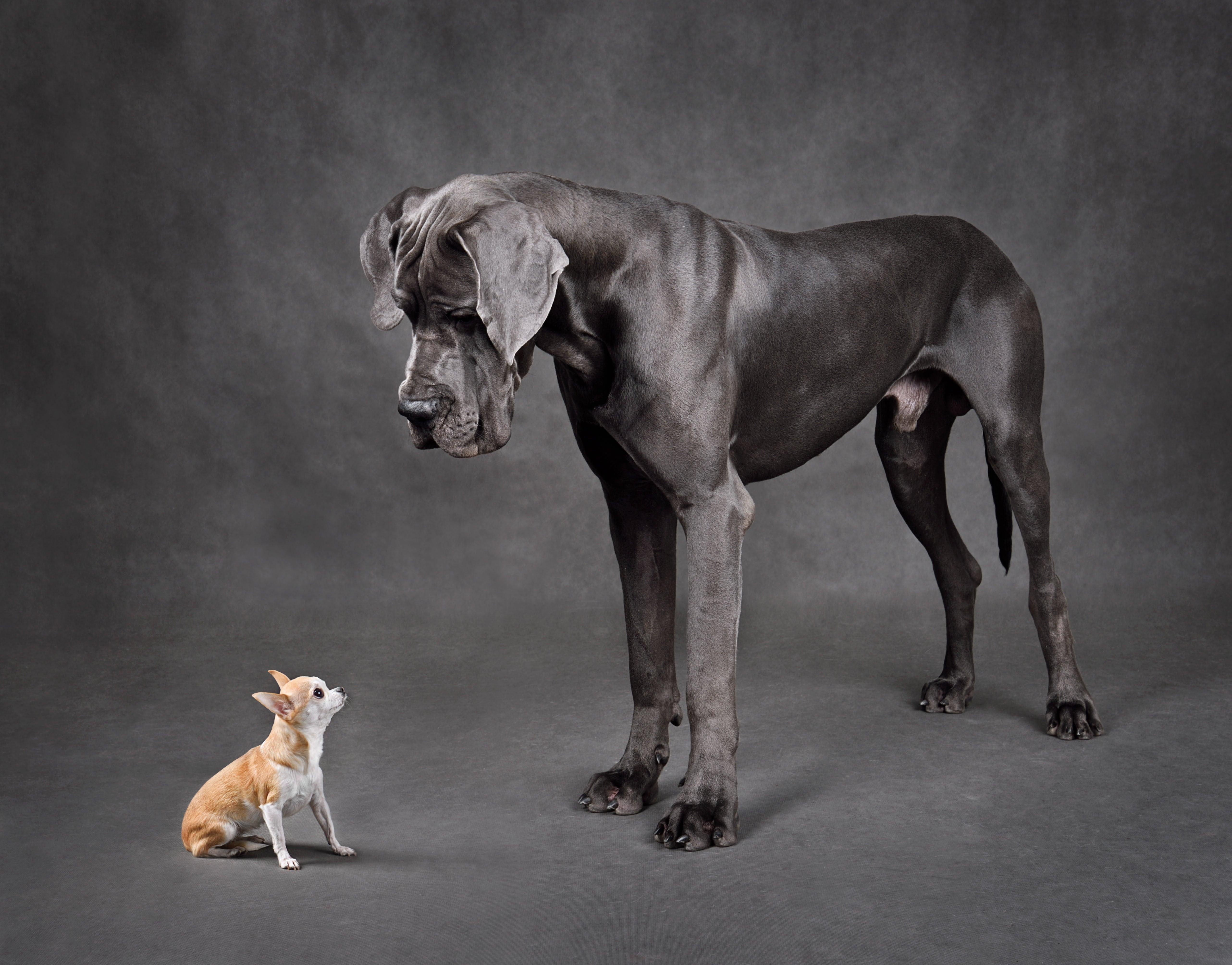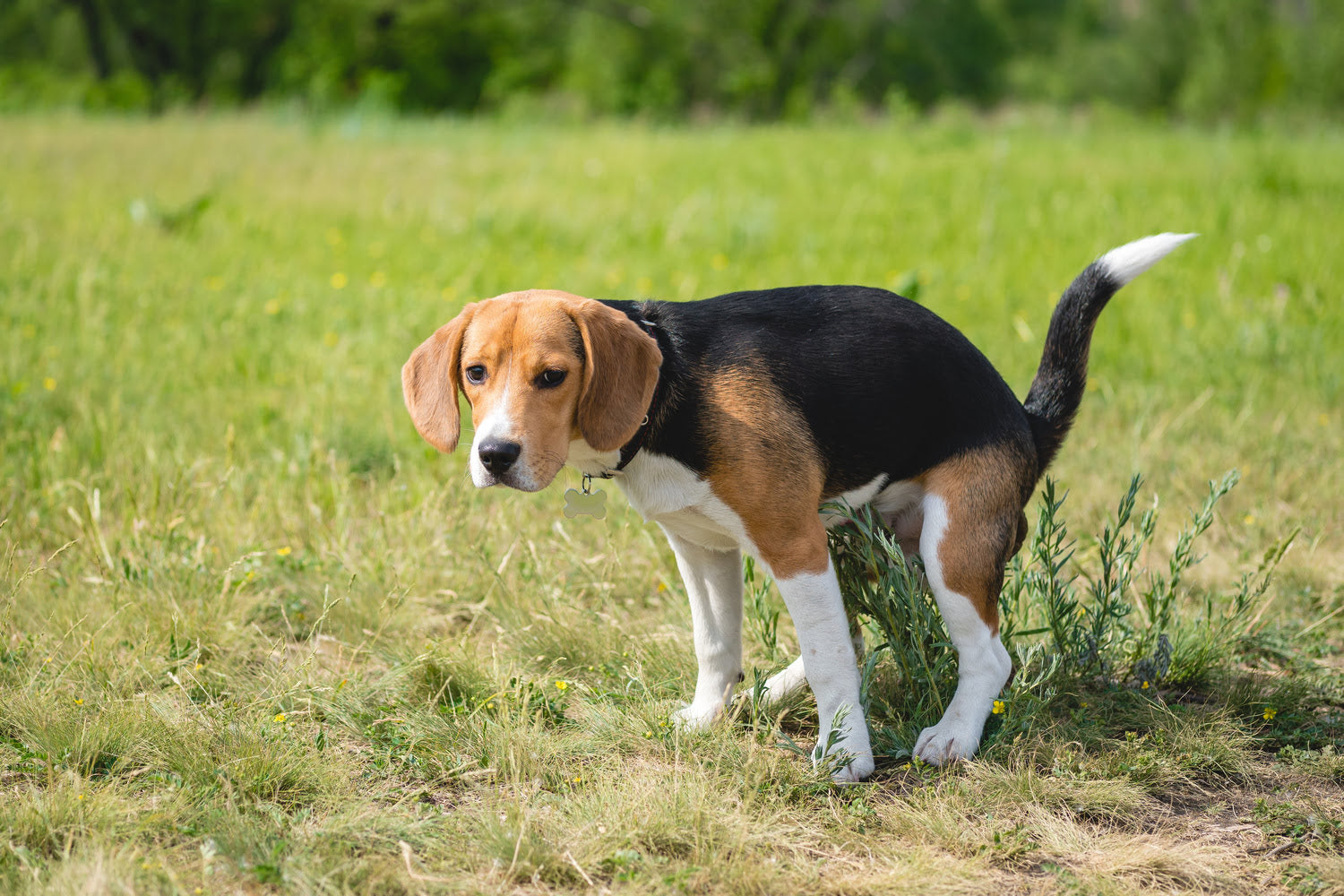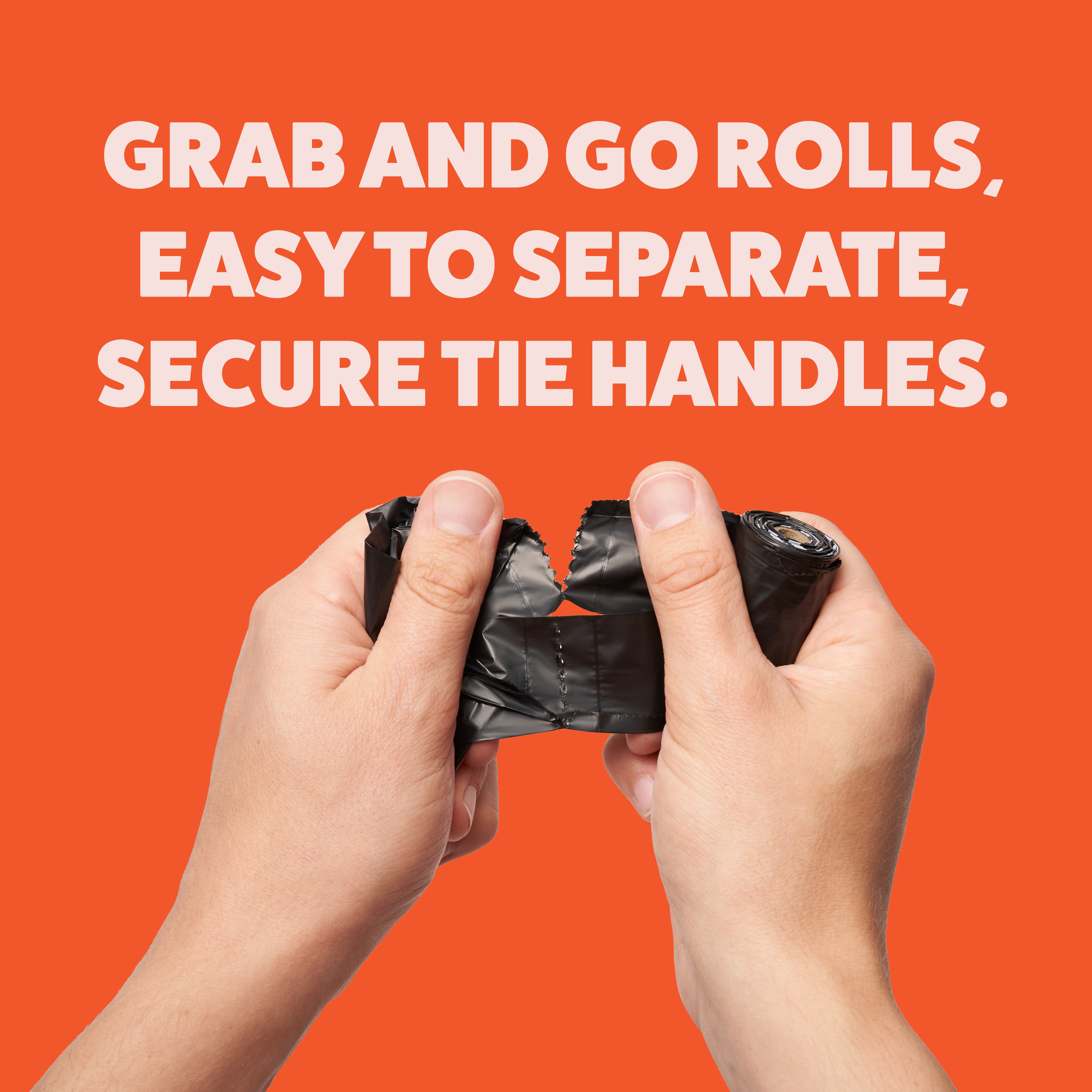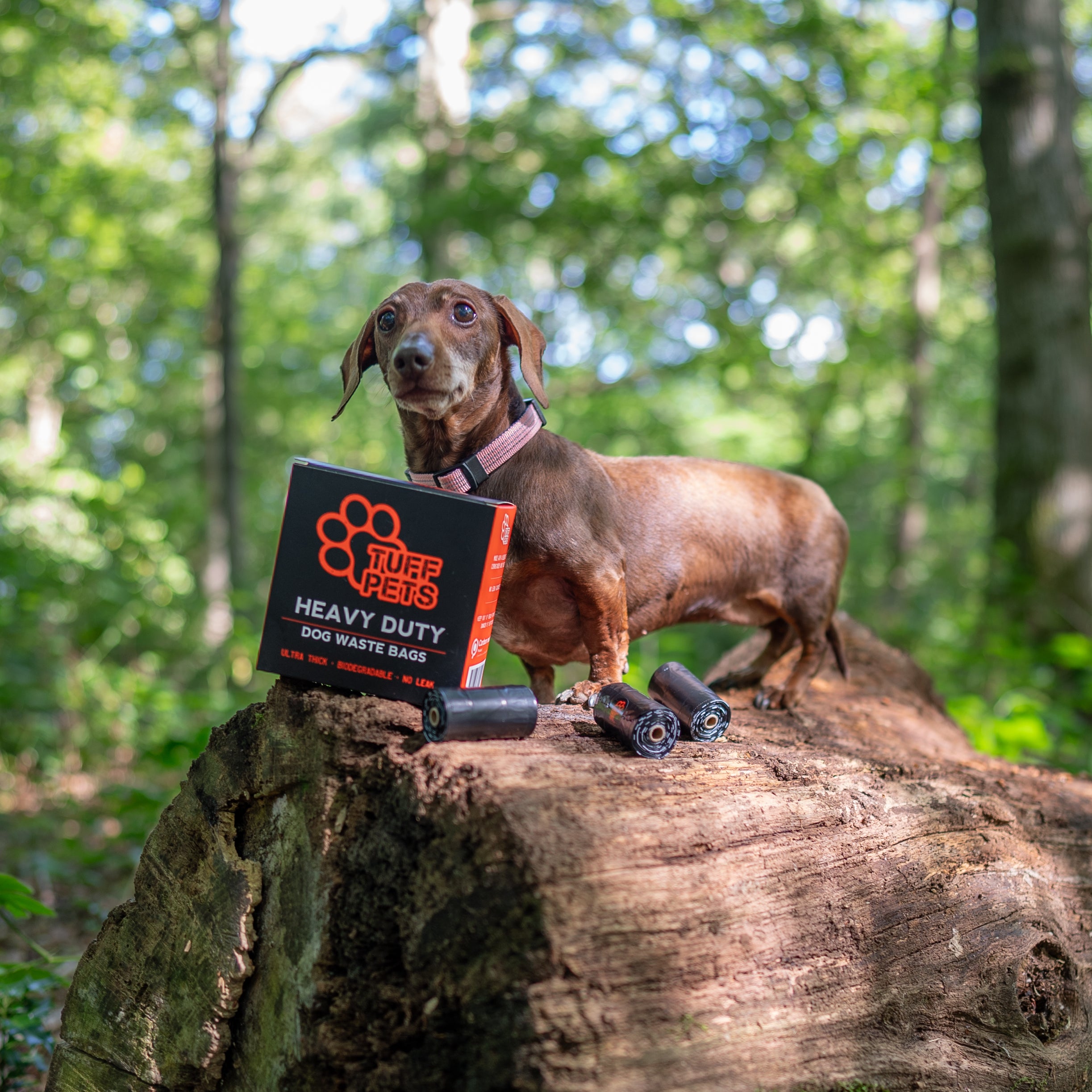If you've caught your dog standing over your other dog, you might be wondering what's going on. Is it dominance? Play? Something else entirely? This behaviour can look concerning, especially if you're worried about aggression or tension between your pets.
The truth is, dog standing can mean different things depending on the context. Sometimes it's harmless. Other times, it signals a need for behaviour modification or consistent training. Understanding why your dog does this will help you respond appropriately and keep peace in your multi-dog household.
In this post, we'll explore the reasons behind this behaviour, when you should be concerned, and what you can do to manage or correct it.
Understanding Dominant Behaviour in Dogs
One of the most common reasons a dog stands over another dog is to assert dominance. This doesn't necessarily mean your dog is aggressive or dangerous. It's often just a way of establishing social hierarchy within the pack.
Dogs are pack animals. Even in the same household, they naturally work out who's in charge. A more dominant dog may stand over a less confident dog to communicate that it's the top dog. This behaviour is especially common in multi-dog households where the pecking order is still being established.
You might also notice other signs of dominant behaviour, such as:
-
Controlling access to toys, food, or favourite spots
-
Blocking doorways or preventing the other dog from moving freely
-
Putting a paw on the other dog
-
Staring or growling
It's important to note that dominance doesn't always lead to aggression. Many dogs can coexist peacefully even when one is more dominant. However, if the behaviour escalates or causes stress, it's time to intervene.
Why Dominant Dogs Stand Over Other Dogs
So why does standing over another dog signal dominance? It's all about body language. By positioning themselves above the other dog, they're displaying confidence and control. The other dog, in turn, may respond by lying down, looking away, or moving out of the way—all signs of submission.
This dynamic is especially common between:
-
A male dog and a female dog
-
An older dog and a puppy
-
A larger dog and a smaller dog
Young dogs and puppies may not yet understand these social cues, which can lead to confusion or conflict. That's where training and socialisation come in.
When Dog Standing Is Playful or Neutral
Not all instances of one dog standing over another are about dominance. Sometimes, it's just part of normal play or interaction.
For example:
-
During play: Dogs often mount or stand over each other as part of rough-and-tumble games. If both dogs seem relaxed and are taking turns, it's likely harmless.
-
Curiosity or attention-seeking: One dog might stand over another simply to get a reaction or initiate play.
-
Comforting behaviour: In some cases, a dog may stand over another as a form of protection or reassurance, especially if the other dog is fearful or unwell.
The key is to observe the body language of both dogs. Are their tails wagging? Are they relaxed? If so, there's probably nothing to worry about.
When to Be Concerned About Dominant Dog Behaviour
While some level of dominance is natural, there are situations where it becomes problematic. Watch for these warning signs:
-
Aggressive behaviour: Growling, snapping, or barking that seems threatening
-
Resource guarding: One dog won't let the other eat, drink, or access toys
-
Physical fights: Any behaviour that escalates to biting or serious conflict
-
Stress signals: The submissive dog seems constantly anxious, avoids the dominant dog, or hides
If your dog's behaviour is causing distress or danger, it's time to take action. Left unchecked, dominance issues can lead to serious fights and even injury.
What You Can Do: Behaviour Modification and Training
The good news is that dominant behaviour can often be managed with consistent training and positive reinforcement. Here's how to address it:
1. Establish Yourself as the Leader
In multi-dog households, it's crucial that you—the human—are seen as the leader. This doesn't mean being harsh or punitive. It means setting clear rules and boundaries.
For example:
-
Make both dogs wait before they eat
-
Control access to toys and treats
-
Lead on walks rather than letting your dogs pull
When your dogs see you as the pack leader, they're less likely to compete for dominance with each other.
2. Use Positive Reinforcement
Reward appropriate behaviours with treats, praise, or playtime. If your dog stands over the other dog and you want to discourage it, redirect their attention and reward them when they comply.
For instance, if your dog stands over your other dog near the food bowl, call them away and reward them for leaving the other dog alone. Over time, this teaches them that calm, respectful behaviour gets rewarded.
3. Provide Regular Exercise
A tired dog is a well-behaved dog. Regular exercise helps burn off excess energy that might otherwise fuel dominant or aggressive behaviour. Aim for daily walks, playtime, and mental stimulation like puzzle toys or obedience training.
4. Consider Obedience Training or a Dog Trainer
If the behaviour persists or escalates, working with a professional dog trainer or animal behaviourist can make a big difference. They can assess the dynamics in your household and create a tailored behaviour modification plan.
Puppy kindergarten is also a great option for young dogs. It teaches them how to interact appropriately with other dogs and humans in a controlled environment.
5. Monitor Interactions Closely
Until the behaviour improves, supervise interactions between your dogs. Separate them during meals or when tensions seem high. Over time, as they learn to behave appropriately, you can gradually give them more freedom.
6. Don't Punish Submissive Behaviour
If one dog is naturally more submissive, don't try to force them to stand up to the dominant dog. This can increase stress and anxiety. Instead, focus on training the dominant dog to be more respectful.
Managing a New Dog in the Household
Introducing a new dog can disrupt the existing social hierarchy and lead to standing-over behaviour as the dogs work out their roles. Here are some tips:
-
Introduce dogs on neutral ground, such as a park
-
Keep initial interactions short and positive
-
Give each dog their own space, toys, and food bowls
-
Be patient—it can take weeks or even months for dogs to adjust
If the dominant dog is being too pushy with the new dog, intervene calmly and redirect their attention.
When to Seek Professional Help
If you've tried behaviour modification and the problem isn't improving, or if you're seeing signs of aggression like serious fights or injuries, consult a veterinarian or professional dog trainer. They can rule out medical issues and provide expert guidance.
A shelter or rescue organisation may also have resources or advice, especially if you adopted one of your dogs recently.
Creating Harmony in Multi-Dog Households
Living with multiple dogs can be incredibly rewarding, but it requires awareness and consistent effort. By understanding why your dog stands over your other dog and taking steps to manage the behaviour, you can create a peaceful, happy household for all your pets.
Remember, dominance is a normal part of canine behaviour. The goal isn't to eliminate it entirely, but to ensure it doesn't lead to aggression, fear, or stress. With patience, positive reinforcement, and appropriate training, your dogs can learn to coexist respectfully.
Take Control and Build a Balanced Pack
If your dog is standing over your other dog, you now have the tools to understand why and what to do about it. Whether it's a matter of dominance, play, or something else, the key is to observe, intervene when necessary, and provide consistent training.
Start by establishing yourself as the leader, rewarding good behaviour, and ensuring both dogs get enough exercise and mental stimulation. If the behaviour continues or worsens, don't hesitate to reach out to a dog trainer or veterinarian for support.
Your dogs look to you for guidance. With the right approach, you can teach them to behave appropriately and enjoy a harmonious life together.

















Share:
Puppy Stops Walking and Won't Move? Here's Why
Is Dog Poop Toxic to Humans? What Every Dog Owner Should Know